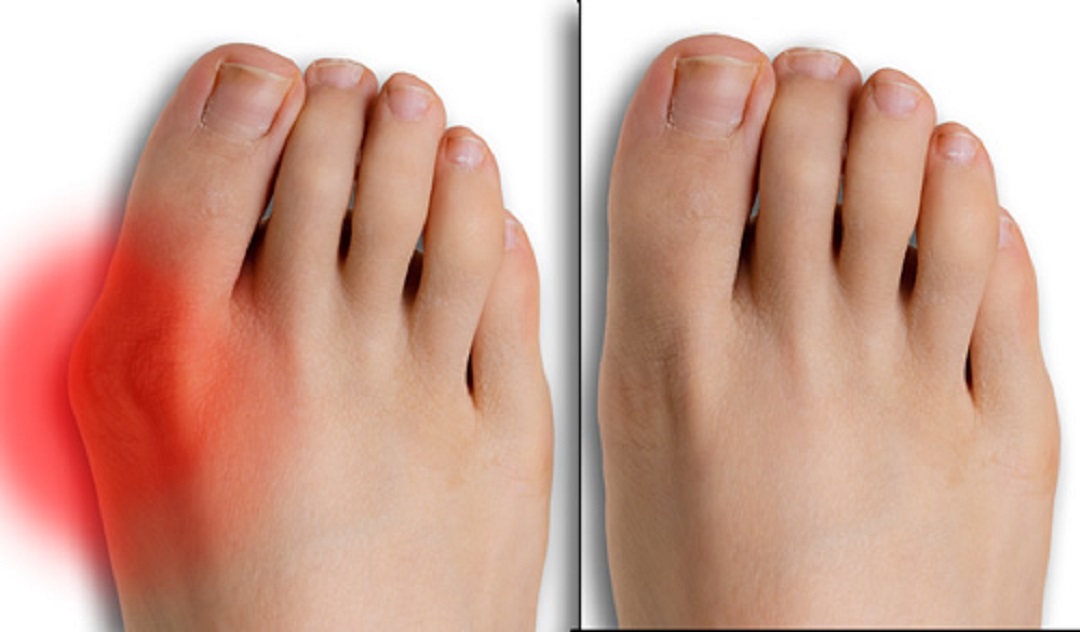Bunionectomy (Chevron Bunionectomy)

Bunions and Their Impact
A bunionectomy (Chevron bunionectomy) is a specialized outpatient surgical procedure performed to correct a bunion, a common deformity affecting the big toe joint. Bunions develop due to an imbalance in pressure distribution across the foot, leading to instability in the first metatarsophalangeal (MTP) joint. Over time, this instability forces the big toe to deviate inward, causing the joint to protrude outward and form a painful bony bump.
Causes and Risk Factors for Bunions
While bunions can develop due to various factors, research suggests that the following conditions contribute significantly to their formation:
- Genetic predisposition – A family history of bunions increases the likelihood of developing this condition.
- Structural foot abnormalities – Flat feet, excessive pronation, or an unstable foot arch can contribute to bunion formation.
- Improper footwear – Wearing high heels or narrow-toed shoes can exacerbate pressure on the MTP joint.
- Foot injuries – Trauma or repetitive stress to the foot can lead to bunion formation.
- Inflammatory conditions – Arthritis and other joint disorders may accelerate joint instability, increasing the risk of bunions.
Symptoms Indicating the Need for a Bunionectomy
Not all bunions require surgery, but in cases where conservative treatments fail to provide relief, a bunionectomy may be recommended. Symptoms that suggest surgical intervention might be necessary include:
- Persistent pain and swelling at the base of the big toe
- Difficulty wearing normal footwear due to the enlarged joint
- Stiffness and limited range of motion in the toe
- Corns and calluses caused by friction against shoes
- Progressive misalignment of the toe affecting overall foot function
If left untreated, bunions can worsen over time, leading to secondary complications such as hammertoes, bursitis, and metatarsalgia.
Expert Bunionectomy Treatment in Scottsdale, AZ
If you’re looking for an advanced bunionectomy procedure near you in Scottsdale, AZ, our expert team provides comprehensive treatment to restore mobility and alleviate pain.
Preparing for a Chevron Bunionectomy
Before undergoing surgery, patients must undergo a thorough evaluation to assess the severity of the bunion and determine the best surgical approach. This evaluation typically includes:
- Physical examination – The surgeon assesses the degree of misalignment and joint stability.
- X-rays or imaging tests – These provide a detailed view of the bone structure and joint involvement.
- Medical history review – Identifying underlying conditions that may affect surgery or recovery.
Patients may be advised to discontinue certain medications, such as blood thinners or anti-inflammatory drugs, before surgery to reduce the risk of complications.
Step-by-Step Breakdown of the Bunionectomy Procedure
1. Anesthesia & Surgical Preparation
The procedure is performed under regional anesthesia, numbing the lower extremity to ensure a pain-free experience. In some cases, sedation may be administered to enhance patient comfort. The foot is then sterilized, and the surgical team positions the patient for optimal access to the affected area.
2. Incision & Exposure of the Bunion
The surgeon makes a small incision along the side of the big toe joint to expose the bunion. In minor cases, removal of excess bone may be sufficient. However, in most cases, additional structural correction is required to prevent recurrence.
3. Bone Realignment (Osteotomy)
To correct the deformity, the first metatarsal bone is carefully cut just below its head. This controlled osteotomy allows the head of the bone to be shifted back into proper alignment. If tight tendons are pulling the toe out of position, they may be released to improve flexibility.
4. Fixation & Stabilization
Once the bone is realigned, the surgeon stabilizes the correction using screws, pins, or fixation devices. These surgical implants hold the bone in place while it heals, ensuring long-term stability and improved joint function.
5. Closure & Dressing
The incision is meticulously closed with sutures, and the area is carefully bandaged to minimize swelling and protect the surgical site. After a brief monitoring period, the patient is discharged with specific post-operative care instructions.
Post-Surgery Recovery & Rehabilitation
Recovery from a bunionectomy is gradual and requires adherence to post-operative guidelines to ensure optimal healing.
Immediate Post-Operative Care
- Patients will be required to wear a walking boot, surgical shoe, or splint to protect the foot.
- Swelling and discomfort can be managed with ice packs, elevation, and prescribed pain medication.
- Weight-bearing restrictions may apply, and crutches or a knee scooter may be recommended.
Expected Healing Timeline
- Weeks 1-2 – Limited mobility; swelling and mild discomfort are common.
- Weeks 3-6 – Gradual return to weight-bearing activities with medical supervision.
- Weeks 6-8 – Patients typically resume normal activities, but high-impact exercises should be avoided.
- Months 3-6 – Full recovery, with improved joint function and reduced pain.
Regular follow-up appointments allow the surgeon to monitor healing progress and address any concerns.
The Benefits of a Chevron Bunionectomy
Choosing a Chevron bunionectomy offers several key advantages, including:
- Minimally invasive approach with smaller incisions
- Faster recovery compared to traditional bunion surgeries
- Restored foot alignment and improved mobility
- Reduced risk of bunion recurrence
- Improved footwear comfort and elimination of chronic pain
If conservative treatments have not provided relief, a bunionectomy may be the best long-term solution for restoring comfort and function.